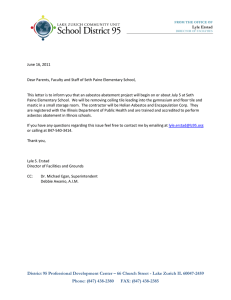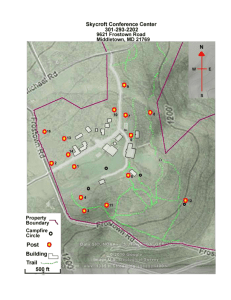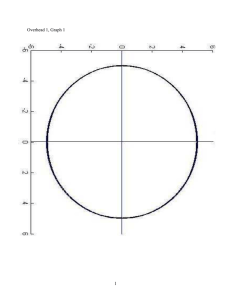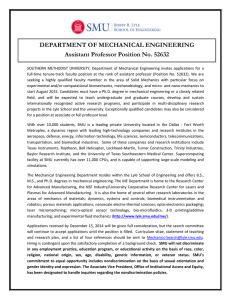Review #3 Presentations
advertisement
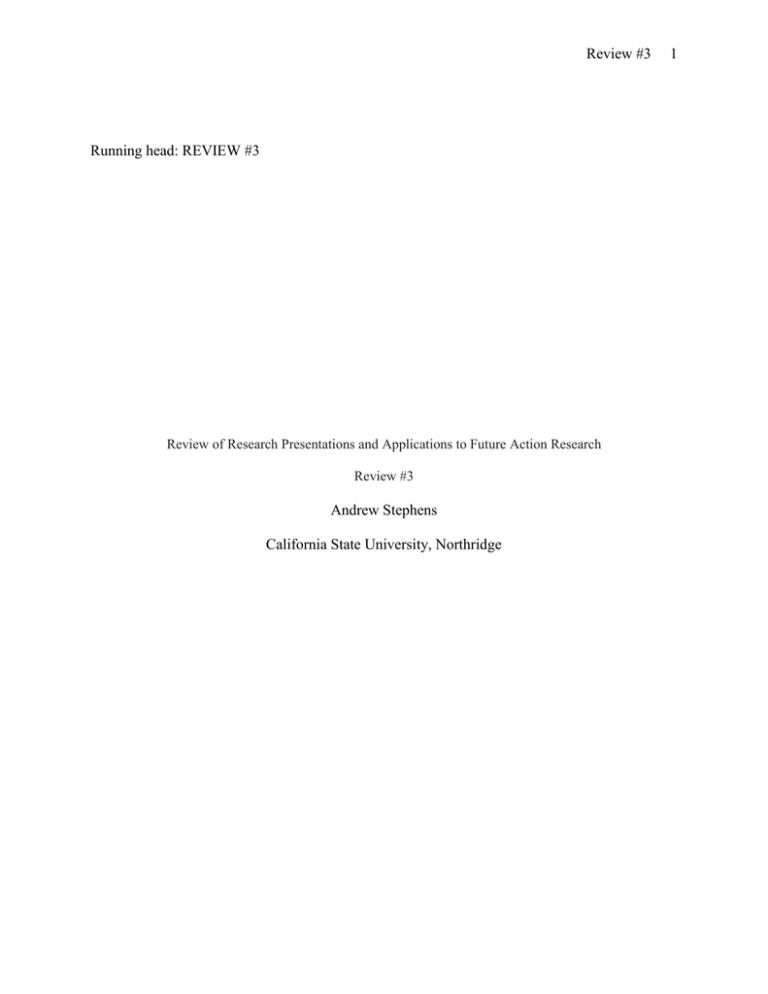
Review #3 Running head: REVIEW #3 Review of Research Presentations and Applications to Future Action Research Review #3 Andrew Stephens California State University, Northridge 1 Review #3 2 Review of Research Presentations and Applications to Future Action Research Review #3 In his action research project on Web-based homework and its effect on examination performance and study habits, George Lyle presented a good example of action research and provided a platform to model and critique my own action research. In particular, his welldesigned project showed success and forethought in data collection, quantitative research, teacher empowerment, review of literature, and contribution to the professional environment. In reference to A Short Guide to Action Research, by Andrew Johnson, the areas of data analysis and quantification of qualitative data showed room for improvement. Of particular impressiveness was Lyle’s well planned data collection. In his presentation, he noted that only one week was offset from his plan, which was a one-week delay due to a shortened school schedule. This shows a strong commitment to the importance of systematic data collection. As Johnson (2008) states, “Action research is systematic” (p. 81). Johnson would even be surprised at Lyle’s success in sticking to a data collection plan and schedule as he notes that most data collection plans are very dynamic. Similar successes were achieved on the quantitative research presentation as Lyle gave numerical evidence in clear and concise graphs that showed triangulation from student surveys and test scores. While these numerical graphics added meat to Lyle’s conclusion, his literature review not only gave him credibility on his topic of study, but also gave validity to his research topic. I was also particularly impressed with Lyle’s contribution to the professional environment. He not only added a strong study to a body of research, but empowered himself and his findings by conducting professional developments around Web-based homework for others to share in its success. Review #3 3 Two areas that left me wanting further explanation were a quantification of Lyle’s field notes and a deeper statistical analysis. He may well have included these two aspects in his paper, but left them out of his presentation. In my own action research, I plan to address two questions, much in the fashion of Lyle. First, will outdoor-based field labs increase student achievement over classroom-based labs? Second, will students prefer outdoor field labs over classroom based labs? Lyle’s presentation gave me an excellent springboard for my own research. I plan to conduct a literature review on the related topics of field research in secondary education and experiential education. The other portion of the literature review will include an examination of the importance of laboratory work, inquiry, and the nature of science. This parallels Lyle’s literature review on the importance of homework and previous findings on Web-based assignments. I hope to underscore the significance of fieldwork and labs in relation to student achievement in an effort to stress the importance of my own research as Lyle did for his. In terms of data collection, I see Lyle’s project as a model for triangulation, quantitative data in action research, and feasibility in relation to Johnson’s text. Therefore, I plan to collect triangulated data from unit tests, student surveys, and my field notes in relation to rotated control groups. The only aspect of improvement I will implement is a more comprehensive quantification of my own field notes. I hope to mimic Lyle’s well-planned systematic approach. I also plan to use Web-based surveys in light of Lyle’s findings regarding student’s preference and enthusiasm for Web-based homework. The presentation on the nature of science similarly inspired me to add a survey question regarding students’ knowledge of and implementation of the nature of science in relation to fieldwork. A final concern I have regards frequency of data Review #3 collection. Lyle had no problem rotating Web-based and paper homework every two weeks, however I may not be able to engage the students in authentic field work every two weeks. 4 Review #3 References Johnson, A.P. (2008). A short guide to action research (3rd ed.). Boston: Pearson Publishing. Lyle, G.S. (2003). The effect of Web-based homework on examination performance and study habits of secondary school AP physics students. Northridge: CSUN. 5
